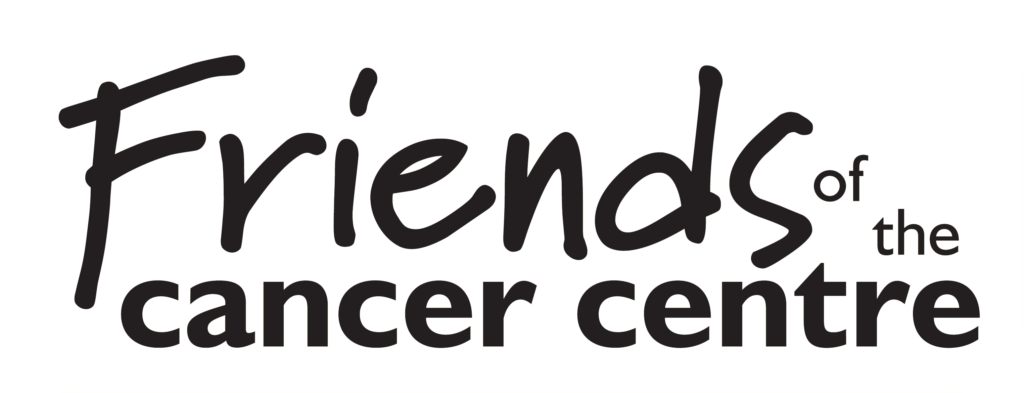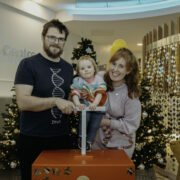- January 29, 2024
- 11:09 am
Supporting Nuclear Medicine at the NI Cancer Centre
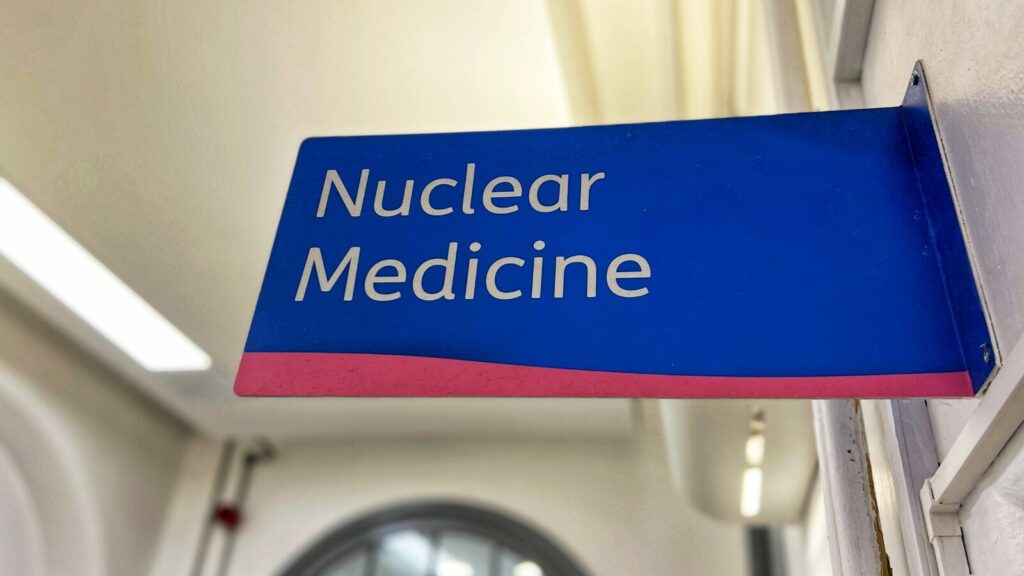
Friends of the Cancer Centre were delighted to have the opportunity to visit the Nuclear Medicine department at the NI Cancer Centre. The charity have worked closely with the Nuclear Medicine team in recent years to help enhance the patient experience in the department.
Our visit was kindly facilitated by Leanne Martin, Chief Clinical Technologist and Mariana Pinto, PET Chief Clinical Technologist, who walked the team through the journey a patient may take whilst in the department. Nuclear Medicine involves injecting radiopharmaceuticals, also known as radioactive tracers, into a patient, and then performing a scan to show how various parts of the body are working.
Patient Experience
On arrival at the department, patients are welcomed to the waiting area which has been refurbished by the charity with new seating and some calming wall art. This has made the area a more comfortable environment for patients and families to wait on their procedure.
Patients will visit the Nuclear Medicine department for diagnosis, analysis and treatment of disease sites. Patients are administered with a radioactive tracer, which needs to be given shortly after preparation as the radioactive materials have a short life span in which they can be used. Depending on the type of scan or treatment being undertaken, the radioactive material is left to travel through the body to the tissue or organ being analysed or treated. For diagnostic procedures, once the radioactive tracers have reached the desired area of the body, the patient will be scanned, helping to detect cancer or other disease process, and also monitor disease progression or response to treatment. The patient may be scanned using a gamma camera or PET-CT scanner.
As patients will become radioactive after administration of the radiotracer, staff have to take precautions to reduce their radiation exposure from patients Staff also wear personal monitors to assess their exposure to radiation.
The Nuclear Medicine department now houses one of only two PET-CT (Positron emission tomography-computerized tomography) scanners in Northern Ireland. A PET-CT scan produces a detailed 3D image of the inside of the body, focusing on processes and molecular activity. Unlike CT or MRI scans, PET-CT scans can show how well parts of the body are working, rather than solely images of what they look like. PET and CT scans are often combined to give the most detailed picture possible of a tissue or organ of interest.
Automatic Dose Dispenser
Many pieces of equipment, including the dose dispenser, used by staff are lead-lined to ensure that staff are exposed to as little radiation as possible when preparing the injections. The charity is currently working with the Nuclear Medicine team to purchase an automatic dose dispenser for the PET-CT scanner. This will safely prepare the correct dose of radioactive tracers, resulting in staff having to handle the radioactive dose less often in preparing it, helping reduce the radiation exposure.
The charity is very proud to support the Nuclear Medicine team in their vital work, and want to thank the team for facilitating this very informative visit.
More news...

Applegreen Northern Ireland raise £280K to support young people with cancer
Applegreen Northern Ireland raise £280K to support young people with cancer Since partnering with Friends of the Cancer Centre in 2018, Applegreen Northern Ireland have
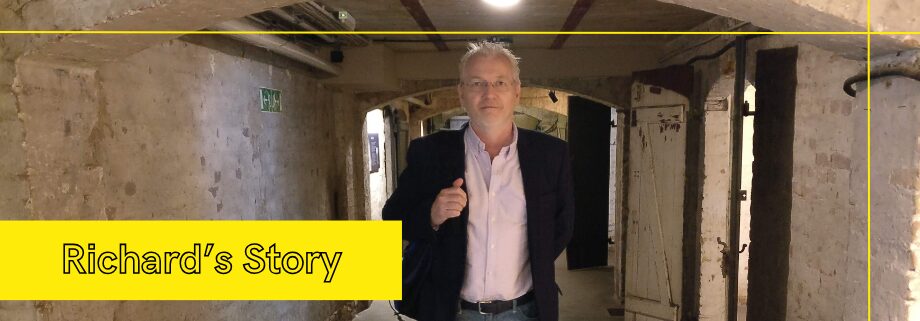
Richard’s Story
March is Prostate Cancer Awareness Month, which remains one of the most commonly diagnosed cancers amongst men in Northern Ireland. Friends of the Cancer Centre
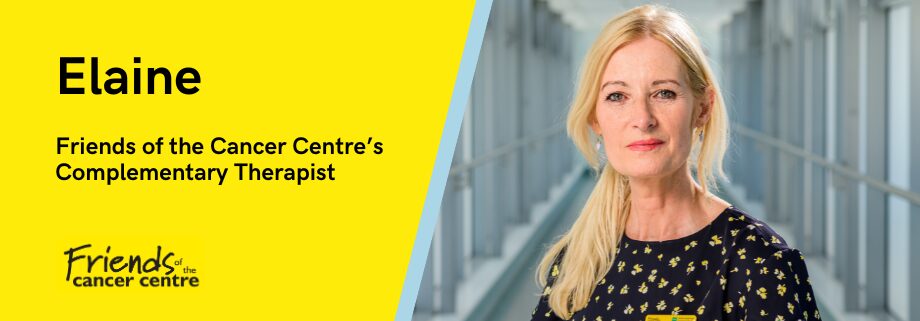
In Focus – Elaine, Complementary Therapist
This is World Complementary Therapy Week, highlighting the importance of taking care of our own wellbeing. Friends of the Cancer Centre proudly funds four complementary

